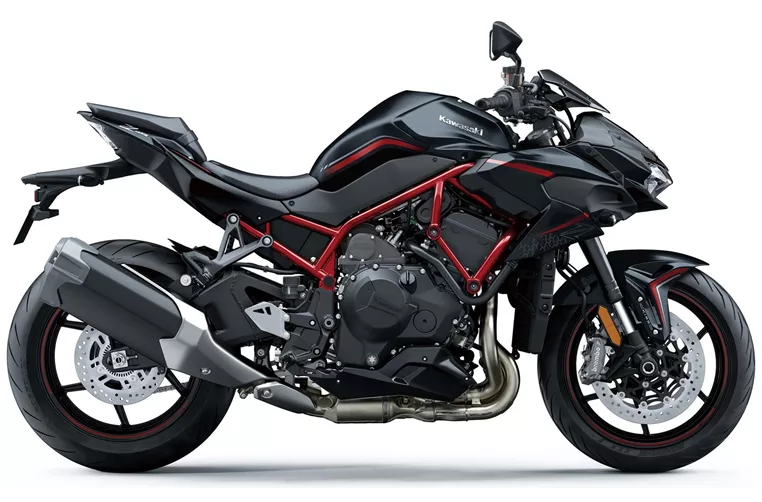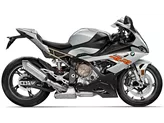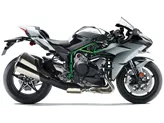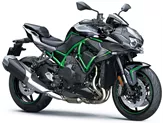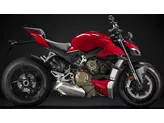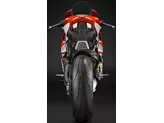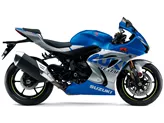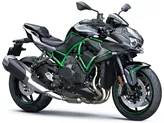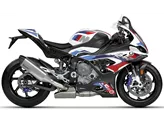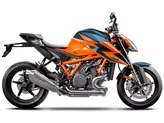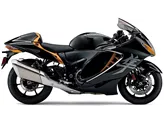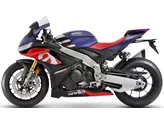Kawasaki Ninja H2 2015 vs. Kawasaki Z H2 2020

Kawasaki Ninja H2 2015
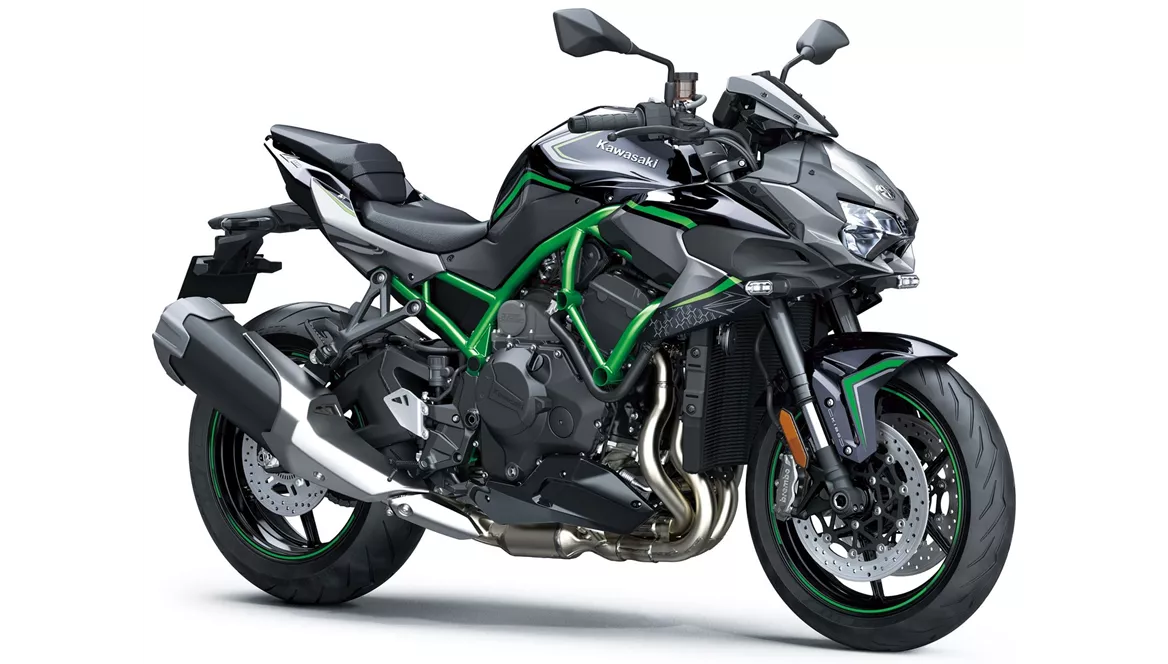
Kawasaki Z H2 2020
Overview - Kawasaki Ninja H2 2015 vs Kawasaki Z H2 2020
The Kawasaki Ninja H2 model year 2015 and the Kawasaki Z H2 model year 2020 are both powerful motorcycles with similar technical specifications. Both models have an inline engine with a bore of 76 mm and a stroke of 55 mm. They also have the same engine power of 200 HP and a displacement of 998 ccm.
In terms of torque, the Kawasaki Ninja H2 2015 has a torque of 133.5 Nm, while the Kawasaki Z H2 2020 has a slightly higher torque of 137 Nm. The compression ratio of the Ninja H2 is 8.5, while the Z H2 has a higher compression ratio of 11.2.
Both models have four cylinders and four valves per cylinder, with a DOHC valve system. They also have liquid cooling to ensure optimal engine temperature.

Kawasaki Ninja H2 2015
In terms of suspension, the Kawasaki Ninja H2 2015 has a telescopic fork front suspension and a single swing arm rear suspension. The suspension can be adjusted for compression, preload, and rebound. On the other hand, the Kawasaki Z H2 2020 has an upside-down telescopic fork front suspension and a swing arm rear suspension. The suspension adjustments are the same as the Ninja H2.
Both models have a steel frame with a tubular design, providing strength and stability. The front brakes on both models are double disk with four pistons, but the Z H2 has the additional feature of radial monoblock technology.
In terms of dimensions and weights, both models have a front tire width of 120 mm and a front tire diameter of 17 inches. The rear tire width of the Ninja H2 is 200 mm, while the Z H2 has a slightly narrower rear tire width of 190 mm. Both models have a wheelbase of 1455 mm and a seat height of around 825-830 mm. The kerb weight of the Ninja H2 is 238 kg, while the Z H2 weighs slightly more at 239 kg. The fuel tank capacity of the Ninja H2 is 17 liters, while the Z H2 has a larger fuel tank capacity of 19 liters.
In terms of strengths, the Ninja H2 2015 is praised for its outstanding build quality, fascinating engine with a mechanical turbocharger, and its impressive pull, acceleration, and speed. The narrow seat ensures safe standing, even for smaller riders, and the bike offers great stability and inspires confidence despite its high performance. The strong brakes and high-quality details are also noteworthy.

Kawasaki Z H2 2020
On the other hand, the Z H2 2020 is praised for its incomparable engine and full power. It is described as easy to control and offers a pleasant seating position and high riding comfort for a naked bike. The bike also has a quiet but charismatic sound and stable and transparent handling. It is considered a motorbike that can be ridden carefree in everyday life.
In terms of weaknesses, the Ninja H2 2015 is criticized for its response behavior in the transition from pushing mode to acceleration phase, which is not at the level of "normal" motorbikes. It also experiences understeer in fast bends, and taller riders may find it difficult to integrate their feet into the overall aerodynamic concept.
The Z H2 2020 is criticized for its quickshifter, which makes interventions that take too long. The suspension strut also becomes a bit spongy during sporty riding. Some reviewers feel that the exclusive motorbike deserved exclusive components all around.
Technical Specifications Kawasaki Ninja H2 2015 compared to Kawasaki Z H2 2020
Pros and Cons in comparison
Pros and Cons in comparison
Kawasaki Ninja H2 2015

The Ninja H2 represents a milestone in motorbike history. It is not only packed with electronic innovations, but also offers completely new technologies in terms of engine construction and mechanics. This high-tech research object of a Japanese technology company is actually for sale and can also be ridden. Basically, it rides like a normal motorbike, only with considerably more power. At first, the engine response is a challenge, but speed freaks will find a way to ride and enjoy this fascinating motorbike.
Kawasaki Z H2 2020
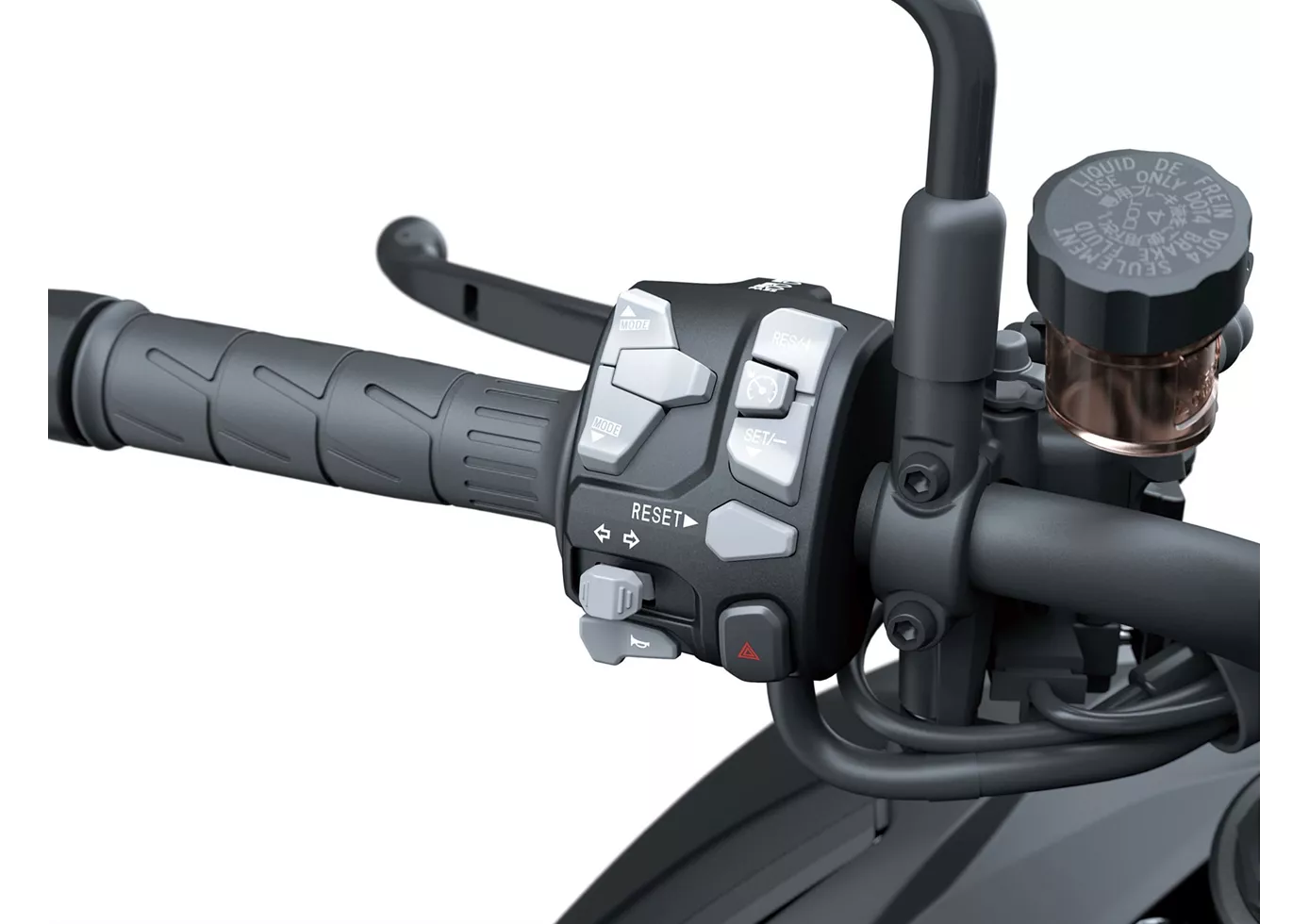
The fascinating power unit of the Kawasaki not only inspires as a motif for quartet cards or at the regulars' table. The engine is made for practical use. In the saddle of the bike, you can enjoy the thrust in every situation. Commands from the throttle are implemented directly, intensively but also controllably. However, the bike is not an athletic sportsman but a beefy naked bike. It always scores when sovereignty and power are required.
Price Comparison Avarage Market Price Kawasaki Ninja H2 vs Kawasaki Z H2
There are a few key differences between a Kawasaki Ninja H2 2015 and a Kawasaki Z H2 2020. In terms of price, the actual average price of a Kawasaki Ninja H2 2015 is about 66% higher. A Kawasaki Ninja H2 2015 experiences a loss of 6,100 GBP in one year of ownership. This is offset by a loss of 640 GBP for a Kawasaki Z H2 2020. Compared to Kawasaki Z H2 2020 there are less Kawasaki Ninja H2 2015 bikes available on the 1000PS.de Marketplace, specifically 4 compared to 10. It takes less time to sell a Kawasaki Z H2 with 148 days compared to 153 days for the Kawasaki Ninja H2. Since model year 2015 1000PS.de editors have written 27 reviews for the Kawasaki Ninja H2 and 14 reviews for the Kawasaki Z H2 since model year 2020. The first review for the Kawasaki Ninja H2 was published on 31/08/2014 and now has more than 5,600 views. This compares to more than 82,500 views for the first review on Kawasaki Z H2 published on 10/10/2019.

